
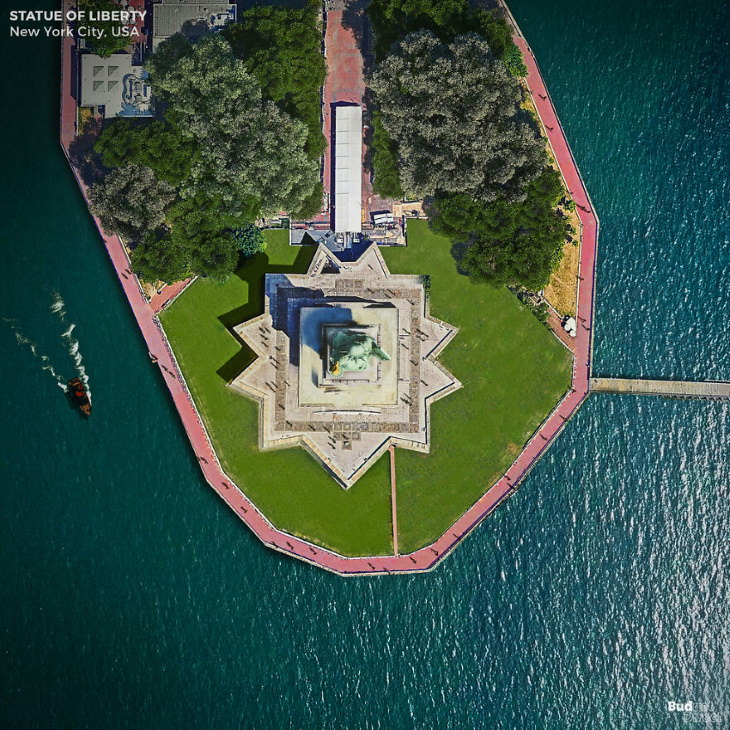
Like all other landmarks on this list, The Statue of Liberty needs no introduction. The robed figure of Libertas, the Roman liberty goddess is a colossal neoclassical sculpture located on Liberty Island in New York City. The copper statue has been famously gifted to the people of the United States from the people of France, and it was designed by the French sculptor Frédéric Auguste Bartholdi and Gustave Eiffel. The statue was unveiled on October 28, 1886, and ever since, it has served as the symbol of American freedom.
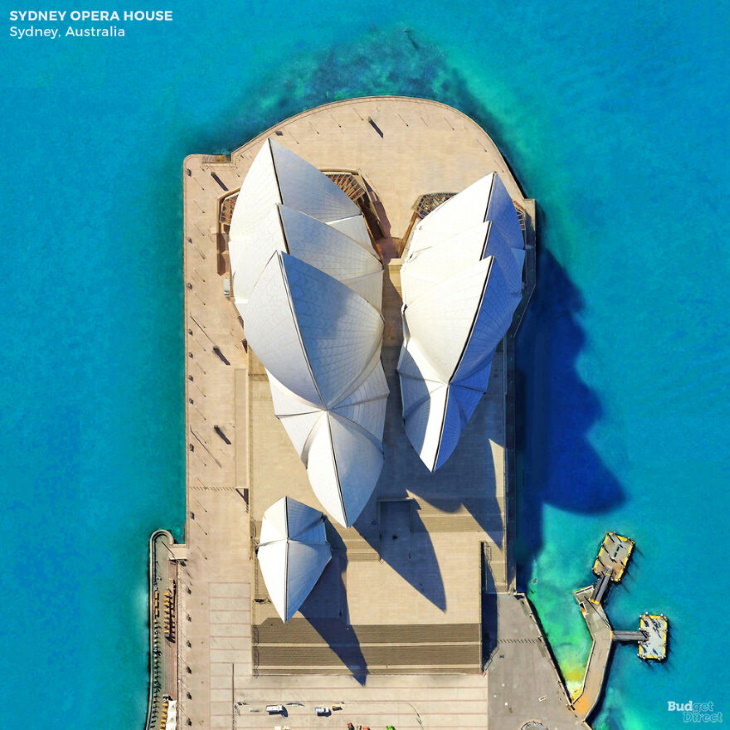
The Sydney Opera House is the most famous opera house in the world. It’s regarded as one of the architectural masterpieces of the 20th century, and it was designed by Danish architect, Jørn Oberg Utzon. In spite of its name, the Sydney Opera House actually comprises multiple performance venues, such as a multi-purpose room, a concert hall, and an outdoor venue for performances in the summer.
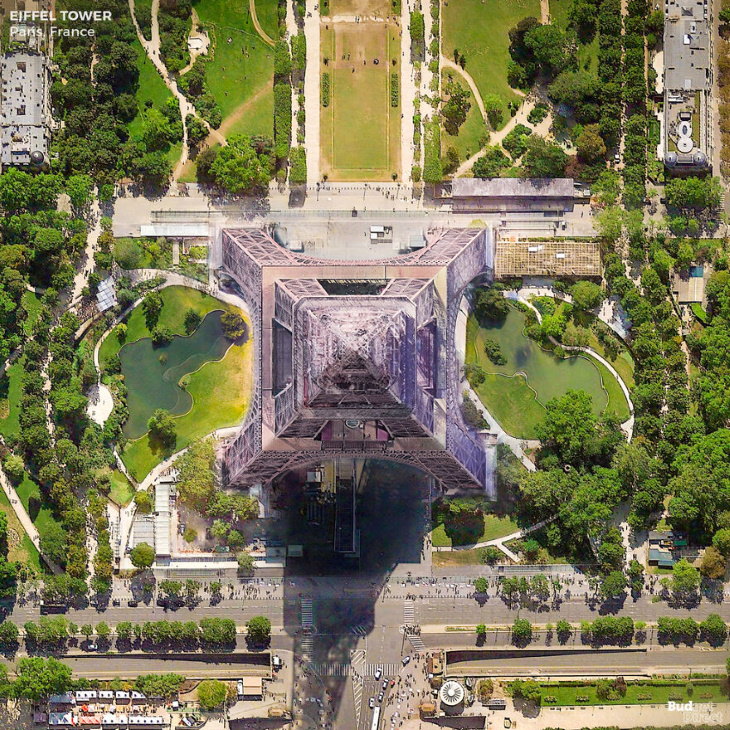
One of the most recognizable landmarks in France and in the world is The Eiffel Tower, designed by Maurice Koechlin to commemorate the centennial of the French Revolution, and named after Alexandre Gustave Eiffel. Construction ended in 1889, and since then, the tower has become synonymous with Paris.
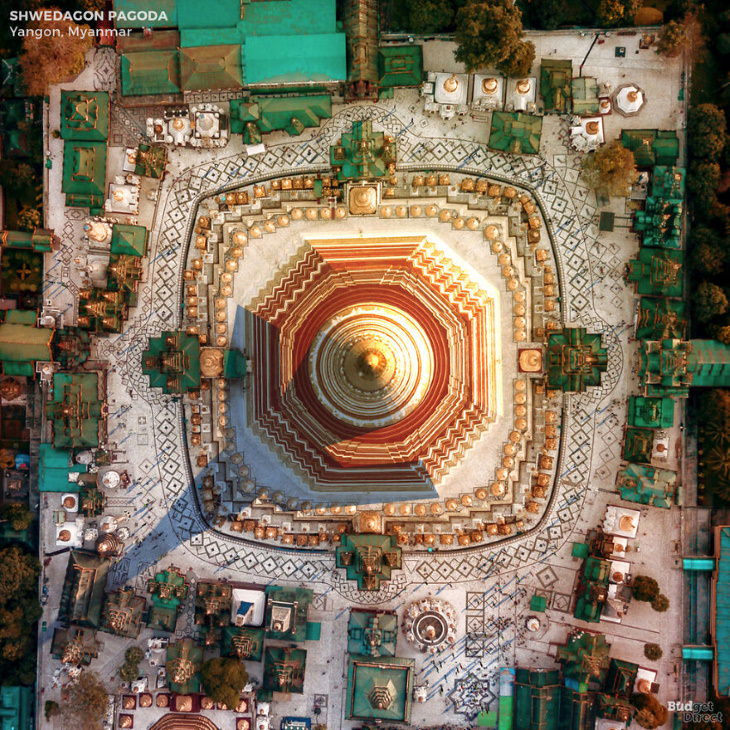
The Shwedagon Pagoda is also known as the Golden Pagoda, and it is the most sacred Buddhist temple in Myanmar. Legend has it is that the Golden Pagoda is the most ancient one in the world and that it contains relics from the four Buddhas of the present era. The Shwedagon Pagoda is a 326-foot tall gold-encrusted stupa that glints beautifully in the sun, surrounded by 68 smaller ones.
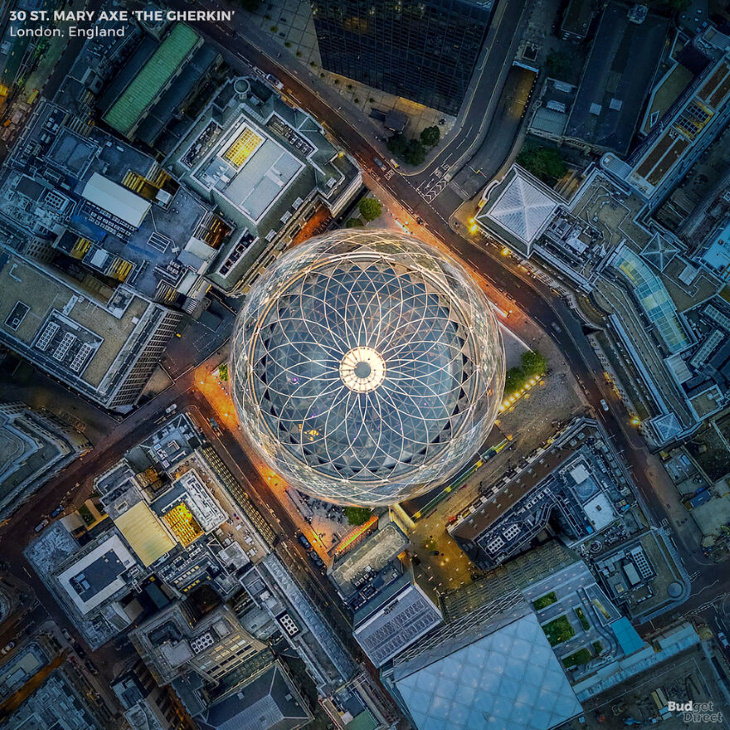
The famous Gherkin building in London, the official name of which is the 30 St Mary Axe building is a quintessential part of the capital's cityscape. The Gherkin was completed in 2004. It's 180m (590ft) tall, and it is famously remembered as one of the first environmentally progressive buildings in the British capital.
Related Article: 11 Architectural Masterpieces Worldwide Inspired by Nature
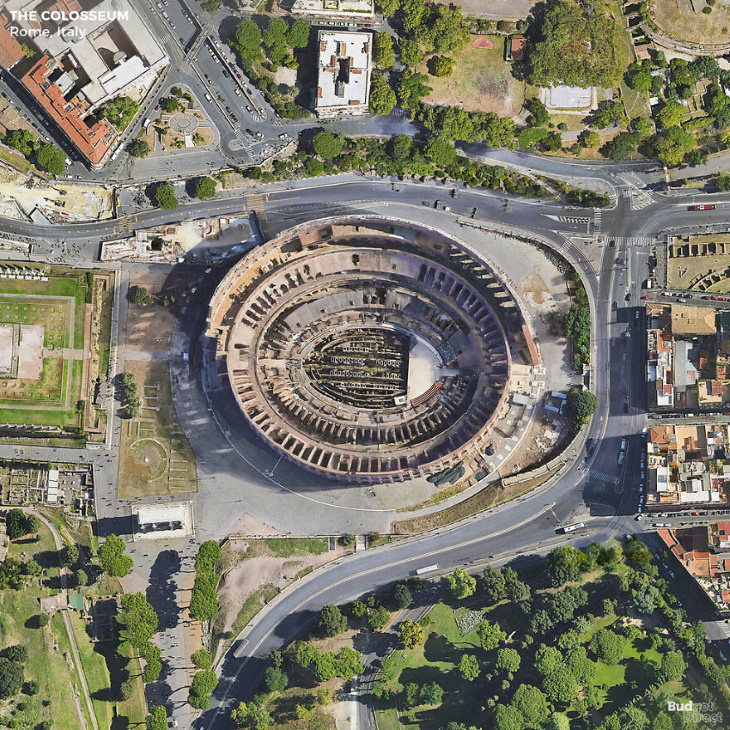
When we think of Roman architecture, one of the first things that pop into our minds is definitely the Colosseum. It was built over 2.000 years ago, and yet it still stands in the center of Rome, attracting millions of visitors each year. Back in the day, it was the cultural center of Rome, offering a variety of entertainment to the locals: reenactments of famous battles, mythological dramas, animals hunts, and, of course, gladiator hunts. The amphitheater could host from 50,000-80,000 visitors.
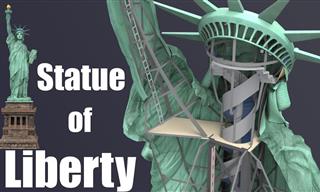 11:52
11:52
This is What the Inside of Statue of Liberty Looks Like
Ever wondered what lies inside the magnificent Statue of Liberty? This video gives us a rare sneak peek.
 7:42
7:42
Why All Soccer Fans Will Soon Travel to South Korea
South Korea will soon take over the world of soccer, and it will do so by building one of the most impressive and massive football stadiums on the planet.
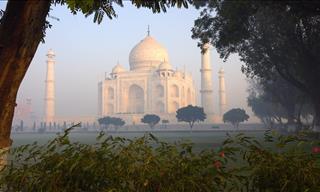 8:11
8:11
Check Out the Architectural Marvels of India’s Agra
Take a look at the breathtaking beauty of the Indian city of Agra that possesses some of the most stunning architectural marvels.

10 Intriguing and Creepy Facts About the Tower of London
The Tower of London is nearly 1,000 years old, and through this time, it has accumulated numerous fascinating, eerie, and creepy stories... Read some of them here
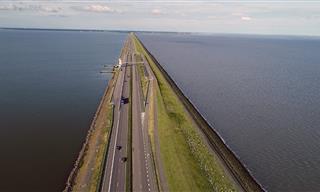 6:02
6:02
The Massive Afsluitdijk Dam Is Getting an Awesome Upgrade
Check out how Holland's iconic Afsluitdijk dam is all set to get a major and awesome upgrade.
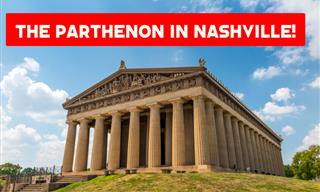
10 of the World's Best Copycat Landmarks You Need to See
From the Leaning Tower of Pisa to the Taj Mahal, here are the replicas of the world's most iconic monuments.

14 Creative Ways Cities Are Solving Everyday Problems
These are some of the coolest features people have spotted in cities around the world.
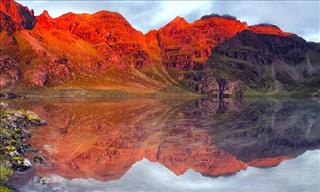
Scotland's Wild Beauty Gives It a Semi-Mythical Feel
Scotland is a magical land, and its rural beauty contributes to this in a big way. Take a look at these 16 truly breathtaking places in this beautiful country.
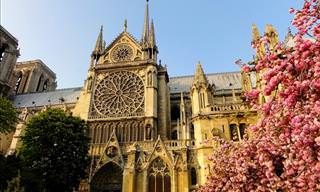
Admire the TEN Most Magnificent Cathedrals in Europe
Probably the main tourist attraction in Europe is its unique architecture, and cathedrals are the culmination of European architectural genius.
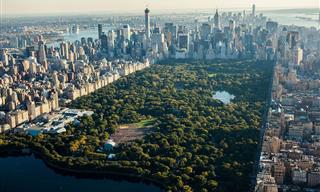
Everything You Didn't Know About Central Park
We're sharing all the nitty-gritty about Central Park's history, some facts you almost certainly didn't know, and some vintage iconic photos of the Park.
 5:30
5:30
Let Us Take You to a Magical Island...
Gran Canaria is a unique place where tropical beaches, sand dunes, luxurious resorts, architecture, and many other amazing things come together on a single island...
 17:02
17:02
How to Live a Long and Happy Life According to Japanese
The life expectancy for the common man and woman is very high in Japan. Find out why.

These Magnificent Ancient Ruins Make Us Gasp in Awe
These 7 ancient ruins are not as popular as the Pyramids, but they are equally beautiful and well preserved, and deserve more attention!

8 Winter-Perfect National Parks You Should Visit This Year
Here are some of the world’s best national parks to visit during the colder months.
 6:17
6:17
This Ancient Tool is Japan’s Secret to Sharper Memory
Abacus, the ancient calculation tool, is used in Japan to help improve cognitive memory. But does it actually work?

There Really Isn't Anywhere Quite Like These Greek Islands
The fabulous Greek islands lure in incredible amounts of tourists each year, making them some of the world's most popular holiday destinations. View our top 10!

Click to See How Much the These Great Cities Have Changed
Cities change drastically in the space of a few decades, and these photos are perfect illustrations of that. Here are 13 then and now pictures of cityscapes.
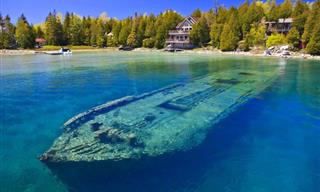
15 Hauntingly Beautiful Shipwrecks Hidden Underwater
These sunken ships are just as fascinating as the Titanic.
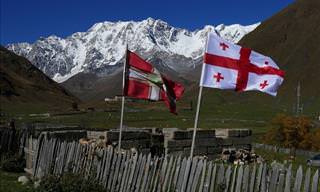
Georgia Is the Most Beautiful Country You’ve Never Been To
The sights and attractions of the Caucasian country of Georgia
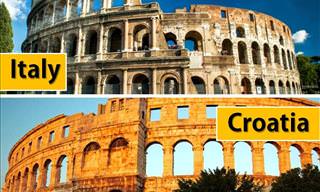
10 Famous Sights With Lookalikes That Can Be Seen for Free
Did you know that these 10 iconic sights have an alternative sight just as good as their overhyped twins?

The World’s Best National Parks for Amazing Walking Trails
Here are 11 of the best walkable national parks where every step feels rewarding.
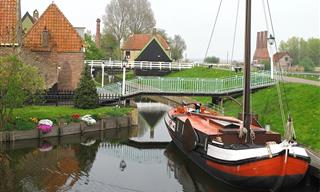
A 7 Day Trip to the North of Holland
To help you discover this wonderful area, we have prepared a 7-day itinerary in North Holland that can be an unforgettable experience for you and your family!
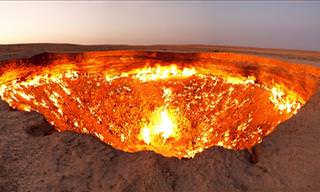
15 Stunning Places That a Lot of Tourists Don't Know About
There are many beautiful places in this world, however, as these photos prove, some are a lot more beautiful than others.
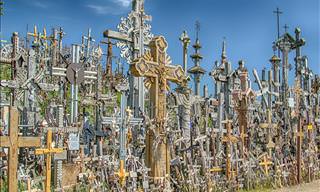
There's No Sacred Site Quite Like the Hill of Crosses
Not only is the Hill of Crosses in Lithuania a beguiling, sacred site, it also has a wonderful history too...
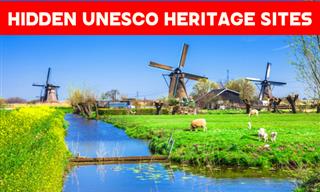
10 World Heritage Gems You’ve Never Heard Of
These lesser-known UNESCO world heritage sites should be included in any traveler’s checklist.

Have You Tried all 15 of These French Foods?
Doesn’t matter if you’re planning a trip or just looking for new food ideas, you will find inspirations on this list of popular French foods
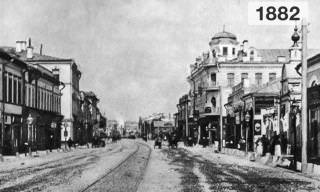
The World Has Changed So Much and These Photos Prove It
The world has changed drastically, and these photos prove it!
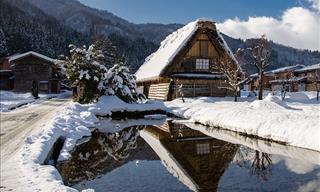
13 Spectacular Yet Little-Known Places You Must Travel to
Here is a list of some little-known yet breathtaking locations you simply must travel to.
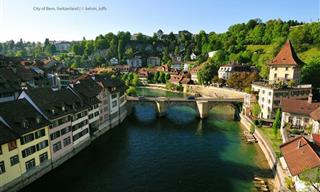
10 Low Profile European Cities Well Worth a Visit
We have a few suggestions for capitals you may never have thought of visiting, but are absolutely worth considering.
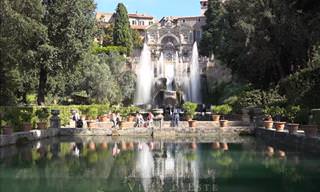 6:38
6:38
Is This the Most Beautiful Place in Italy? We Think So!
Take a look at two breathtaking UNESCO sites in Tivoli, Italy: Hadrian's Villa and the Villa d'Este.
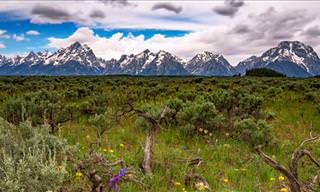 3:22
3:22
Take a Wonderful Video Tour of Grand Teton in Stunning 8k
Grand Teton has got to be one of the most wonderful locations on earth. In this video, you get a marvelous tour of this place in stunning 8k definition!
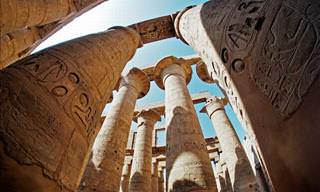
Discover the Largest Temples Ever Constructed
Temples are places of worship that are devoted to deities from various religions, both ancient and contemporary. Here are the largest temples in the world.
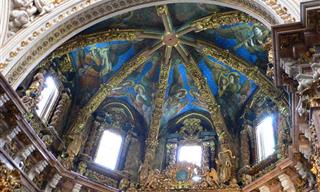
12 Things to See and Do in Valencia, Spain
We've compiled 12 diverse attractions around the city that absolutely justify the flight to this fascinating and recommended destination.
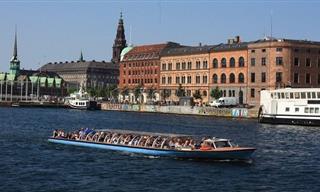
The 12 Most Recommended Cities in Denmark All Should See
These are the 12 best cities in Denmark, each of which seems to have been built on the stories of Hans Christian Andersen - a Denmark native...

Some Things You'll Only See in China...
Only in China will you find these bizarre yet brilliant things.
 8:54
8:54
These Are the Most REMOTE Places On Earth
As accessible as the world may seem in the 21st century, there are still some places that are shockingly difficult to get to...
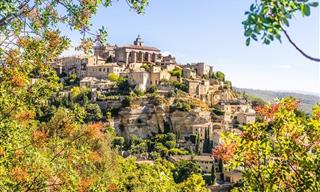
11 Gorgeous Places to Visit in Beautiful Provence, France
France is a prime tourist destination, but it also boasts one area as a true gem: the magical Provence region...
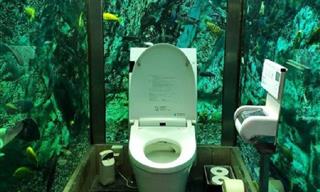
These Photos Show Why Japan Is Not Like Any Other Country
Welcome to Japan, the land of cat islands, aquarium toilets, and rainbow cheesecakes.
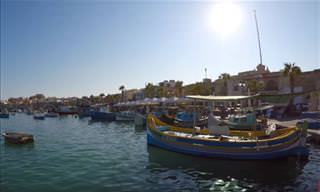 5:56
5:56
Discover Malta, the Jewel of the Mediterranean!
Experience the majesty of Malta, the jewel of the Mediterranean, in this outstanding Ultra HD 4K video!
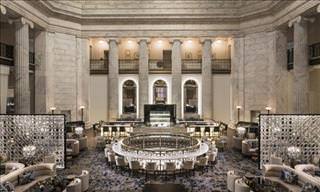
These Hotel Entrances Will Make Anyone's Jaw Drop
There are certain hotels around the world that just have a unique wow factor, and leave people completely stunned as soon as they enter. Take a look at these.
 13:40
13:40
Inside the Food Culture of the World’s Happiest Nation
Here’s a look at what people in Bhutan eat and the stories behind their meals.

Remarkable Ancient Finds That Survived Against All Odds
These archeological discoveries remind us that history still holds countless secrets. These discoveries remind us that history still holds countless secrets,
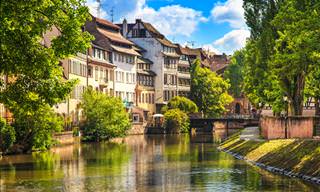 5:11
5:11
This Dreamy Town in France Will Take Your Breath Away
This is one of France's most beautiful towns!

10 Of the Remotest Places on Earth That You Must Visit
Tired of visiting touristy spots for your vacation? Try these remote locales that you have probably never heard of.
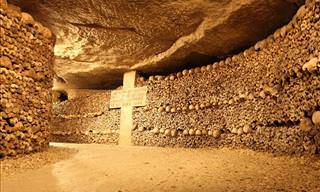
Wow! These Underground Dwellings are Incredible
Impressive feats of architecture that are hidden underground. These are bound to amaze you.
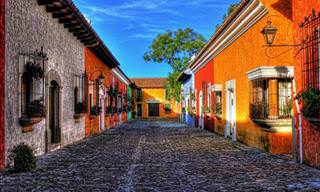
American Wonder: 10 Awesome Places to Visit in Guatemala
If you've never considered a break in Guatemala, this post should persuade you of its amazing beauty.
To enable your Ad-Free Subscription, please fill the fields below
Your subscription was successful, now you can enjoy an ad-free experience!! Note: To make sure you get no ads, please make sure to log in to your account. If you are logged in already, then refresh the page. The subscription can be cancelled at any time.


